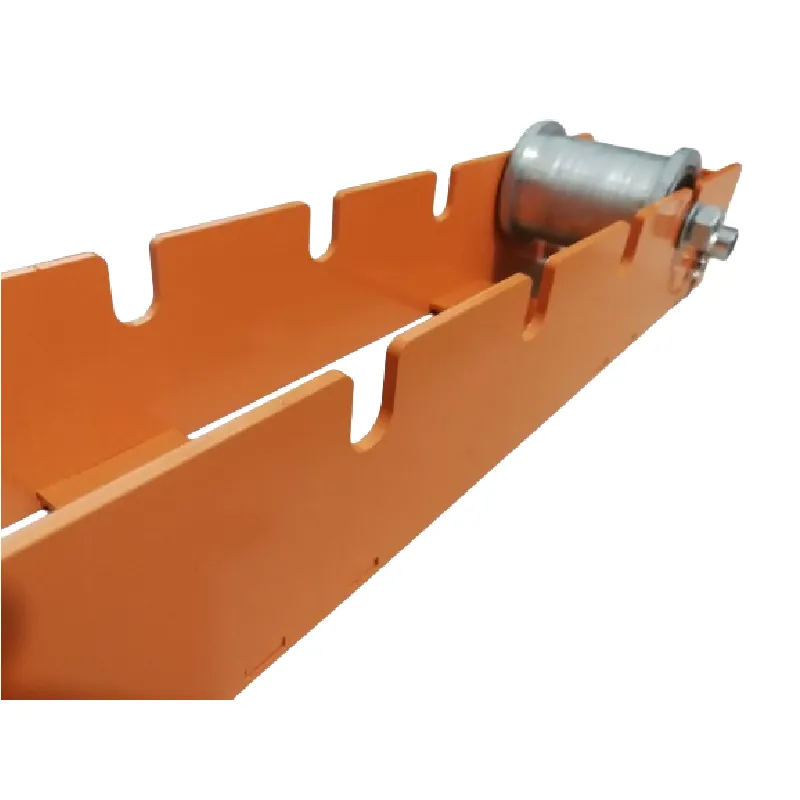
-
 Afrikaans
Afrikaans -
 Albanian
Albanian -
 Amharic
Amharic -
 Arabic
Arabic -
 Armenian
Armenian -
 Azerbaijani
Azerbaijani -
 Basque
Basque -
 Belarusian
Belarusian -
 Bengali
Bengali -
 Bosnian
Bosnian -
 Bulgarian
Bulgarian -
 Catalan
Catalan -
 Cebuano
Cebuano -
 Corsican
Corsican -
 Croatian
Croatian -
 Czech
Czech -
 Danish
Danish -
 Dutch
Dutch -
 English
English -
 Esperanto
Esperanto -
 Estonian
Estonian -
 Finnish
Finnish -
 French
French -
 Frisian
Frisian -
 Galician
Galician -
 Georgian
Georgian -
 German
German -
 Greek
Greek -
 Gujarati
Gujarati -
 Haitian Creole
Haitian Creole -
 hausa
hausa -
 hawaiian
hawaiian -
 Hebrew
Hebrew -
 Hindi
Hindi -
 Miao
Miao -
 Hungarian
Hungarian -
 Icelandic
Icelandic -
 igbo
igbo -
 Indonesian
Indonesian -
 irish
irish -
 Italian
Italian -
 Japanese
Japanese -
 Javanese
Javanese -
 Kannada
Kannada -
 kazakh
kazakh -
 Khmer
Khmer -
 Rwandese
Rwandese -
 Korean
Korean -
 Kurdish
Kurdish -
 Kyrgyz
Kyrgyz -
 Lao
Lao -
 Latin
Latin -
 Latvian
Latvian -
 Lithuanian
Lithuanian -
 Luxembourgish
Luxembourgish -
 Macedonian
Macedonian -
 Malgashi
Malgashi -
 Malay
Malay -
 Malayalam
Malayalam -
 Maltese
Maltese -
 Maori
Maori -
 Marathi
Marathi -
 Mongolian
Mongolian -
 Myanmar
Myanmar -
 Nepali
Nepali -
 Norwegian
Norwegian -
 Norwegian
Norwegian -
 Occitan
Occitan -
 Pashto
Pashto -
 Persian
Persian -
 Polish
Polish -
 Portuguese
Portuguese -
 Punjabi
Punjabi -
 Romanian
Romanian -
 Russian
Russian -
 Samoan
Samoan -
 Scottish Gaelic
Scottish Gaelic -
 Serbian
Serbian -
 Sesotho
Sesotho -
 Shona
Shona -
 Sindhi
Sindhi -
 Sinhala
Sinhala -
 Slovak
Slovak -
 Slovenian
Slovenian -
 Somali
Somali -
 Spanish
Spanish -
 Sundanese
Sundanese -
 Swahili
Swahili -
 Swedish
Swedish -
 Tagalog
Tagalog -
 Tajik
Tajik -
 Tamil
Tamil -
 Tatar
Tatar -
 Telugu
Telugu -
 Thai
Thai -
 Turkish
Turkish -
 Turkmen
Turkmen -
 Ukrainian
Ukrainian -
 Urdu
Urdu -
 Uighur
Uighur -
 Uzbek
Uzbek -
 Vietnamese
Vietnamese -
 Welsh
Welsh -
 Bantu
Bantu -
 Yiddish
Yiddish -
 Yoruba
Yoruba -
 Zulu
Zulu


нов . 23, 2024 15:54 Back to list
grounding rod for above ground pool
Grounding Rods for Above Ground Pools Ensuring Safety and Compliance
When it comes to setting up an above ground pool, safety should always be a top priority. One critical aspect that often goes overlooked is the need for proper grounding. In many areas, local electrical codes require the installation of grounding rods to protect swimmers from electrical hazards, especially in environments where electricity is prevalent.
A grounding rod, typically made of copper or galvanized steel, is a conductive rod driven into the ground. Its primary purpose is to connect the electrical system of the pool to the earth, which helps dissipate any stray voltage and prevent electrical shock. This is particularly important for above ground pools, which can become a significant hazard if there are issues with nearby electrical sources, such as power lines, lighting, or even faulty pool equipment.
Before installing a grounding rod for your above ground pool, it’s crucial to consult local codes and regulations. Different regions have varying requirements regarding the depth of the rod, the materials used, and the installation process. In most cases, the grounding rod must be at least eight feet long and driven into the ground until only a small portion is visible above the surface.
Once you have a proper understanding of local requirements, the installation process can begin. Here’s a step-by-step guide
1. Choose the Location Select a spot near the pool that is away from any obstructions. Ensure that it is easily accessible for maintenance.
grounding rod for above ground pool

2. Prepare the Ground Use a post driver or a hammer to drive the grounding rod into the ground. Ensure it reaches the required depth, typically at least eight feet.
3. Connect the Ground Wire Use a copper grounding wire, usually a minimum of 6-gauge, to connect the grounding rod to the pool's electrical system. This wire should be securely fastened and free from any damage.
4. Test the Grounding System It’s essential to test the grounding system periodically to ensure it remains effective. This can be done using a multimeter.
5. Regular Maintenance Inspect the grounding rod and connections regularly to ensure they remain secure and free from corrosion or damage.
In conclusion, installing a grounding rod for your above ground pool is an essential safety measure that shouldn't be ignored. By adhering to local regulations and following proper installation practices, you can significantly reduce the risk of electrical shocks, ensuring a safer swimming experience for you and your family. Always remember that prioritizing safety not only protects lives but also enhances the enjoyment of your above ground pool.
Latest news
The Unique Design of Cable Socks
NewsJun.04,2025
Swivel Connectors in Industrial Automation
NewsJun.04,2025
Safety Features of Link Sticks
NewsJun.04,2025
How to choose the best cable pulling winch for sale
NewsJun.04,2025
Fish tape safety precautions
NewsJun.04,2025
Essential Maintenance Tips for Cable Pulling Tools
NewsJun.04,2025











